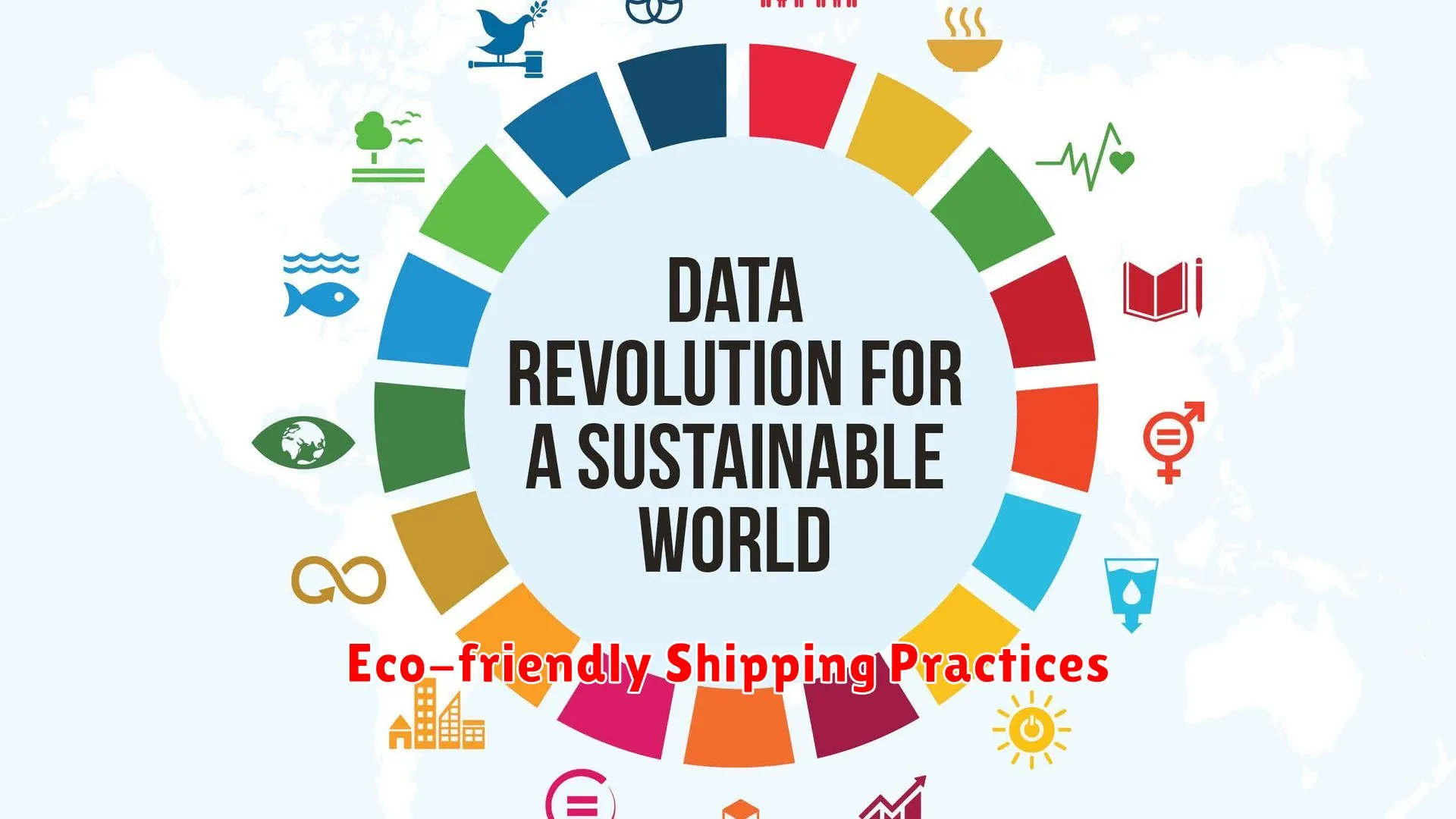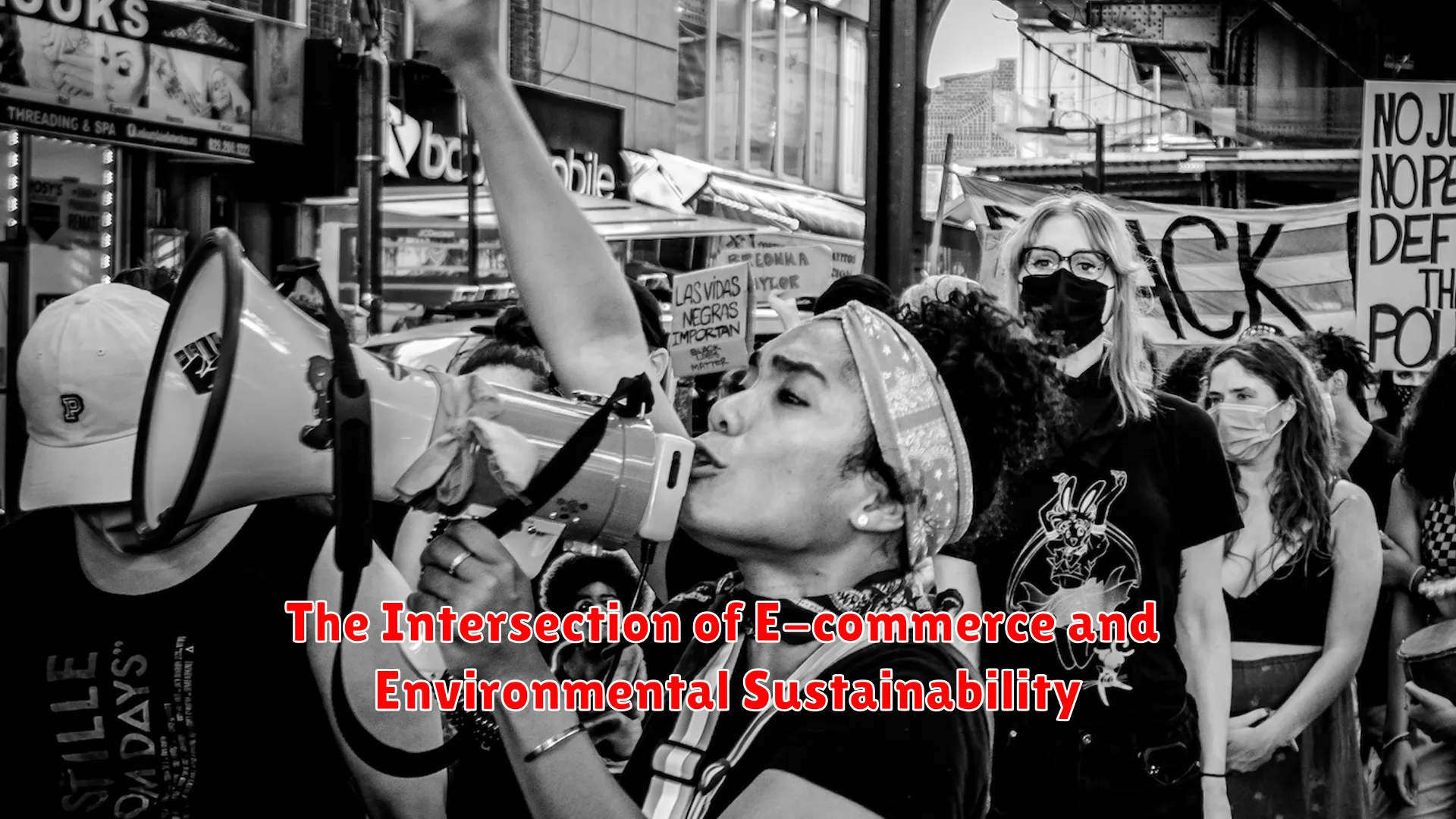In the era of rising environmental concerns, the convergence of e-commerce and sustainability is becoming increasingly crucial. Explore how online retailers are incorporating eco-friendly practices to minimize their carbon footprint and contribute to a greener future.
The Environmental Impact of E-commerce

E-commerce, defined as the buying and selling of goods and services online, has significantly transformed the way we shop and conduct business. However, this digital marketplace also comes with environmental implications that are important to consider for a sustainable future.
One major aspect of the environmental impact of e-commerce is packaging. With the rise of online shopping, there has been a surge in the use of packaging materials such as cardboard boxes, bubble wrap, and plastic envelopes. This leads to increased waste generation and carbon emissions from the production and disposal of these materials.
Furthermore, the transportation of goods in e-commerce operations contributes to carbon emissions and air pollution. Delivery trucks and vans often make multiple stops to drop off individual packages, leading to inefficiencies and increased fuel consumption. This transportation aspect of e-commerce adds to the overall carbon footprint of online retailing.
Another consideration is the energy consumption of data centers that support e-commerce platforms. These centers require significant amounts of electricity to power servers and maintain operations, leading to a high demand for energy and potential environmental consequences, especially if the electricity comes from non-renewable sources.
Despite these challenges, there are opportunities for e-commerce companies to prioritize sustainability. Implementing greener packaging options, optimizing delivery routes to reduce emissions, and investing in renewable energy for data centers are some measures that can mitigate the environmental impact of e-commerce.
In conclusion, the intersection of e-commerce and environmental sustainability requires careful consideration of the environmental consequences of online shopping. By addressing these challenges and adopting eco-friendly practices, e-commerce can play a role in promoting a more sustainable future for our planet.
Sustainable Packaging Solutions

In the realm of E-commerce and environmental sustainability, the choice of packaging plays a crucial role in reducing the ecological footprint of online businesses. Embracing sustainable packaging solutions not only aligns with the growing trend of eco-conscious consumerism but also contributes to the overall goal of protecting our planet.
One effective sustainable packaging solution is the use of biodegradable materials. Opting for packaging that can easily break down in the environment, such as compostable plastics or paper-based materials, helps reduce the accumulation of non-recyclable waste. These materials ensure that the packaging does not linger in landfills for extended periods, causing harm to the ecosystem.
Additionally, reusable packaging options are gaining popularity as a sustainable choice for E-commerce businesses. Implementing a system where customers can return packaging for reuse not only reduces waste but also fosters a sense of responsibility among consumers. Brands embracing this initiative often witness increased customer loyalty and positive brand perception.
Furthermore, the concept of minimalist packaging is another viable solution in the quest for sustainable practices. By focusing on simplicity and optimizing the use of materials, businesses can significantly reduce packaging waste. This approach not only benefits the environment but also helps streamline operations and cut costs in the long run.
Eco-friendly Shipping Practices

In the quest for achieving environmental sustainability, e-commerce businesses are increasingly adopting eco-friendly shipping practices to minimize their carbon footprint and reduce their impact on the planet. These sustainable shipping practices not only benefit the environment but also resonate with conscious consumers who prioritize eco-conscious brands.
One key eco-friendly shipping practice is optimizing packaging to reduce waste. By utilizing minimalist and recyclable materials, such as cardboard boxes or biodegradable packaging materials, e-commerce companies can significantly cut down on the amount of packaging waste generated during shipping. Additionally, implementing innovative packaging designs that utilize space efficiently can reduce the need for extra materials and decrease transportation emissions.
Another important aspect of eco-friendly shipping practices is utilizing sustainable transportation methods. E-commerce businesses are increasingly exploring greener shipping options, such as electric vehicles, bicycles, or even drones for last-mile deliveries. By transitioning to low-emission or carbon-neutral transportation modes, companies can lower their operational carbon footprint and contribute to cleaner air quality in urban areas.
Furthermore, implementing smart logistics systems can enhance efficiency in shipping operations, leading to reduced energy consumption and emissions. Technologies like route optimization software and real-time tracking systems can help streamline delivery processes, minimize idling time, and ultimately contribute to a more sustainable supply chain.
Overall, by adopting eco-friendly shipping practices, e-commerce companies can demonstrate their commitment to environmental stewardship, attract environmentally conscious consumers, and contribute to a more sustainable future for both the e-commerce industry and the planet.
Encouraging Sustainable Consumer Behavior

In the realm of e-commerce, there is a growing intersection with environmental sustainability. Encouraging sustainable consumer behavior becomes crucial in this context to minimize the ecological footprint of online shopping activities. Here are some key strategies that can promote sustainable consumer behavior:
- Educating Consumers: Providing information to consumers about the environmental impact of their purchasing decisions can raise awareness and influence their buying behavior. This can be done through product labeling, website disclosure, or educational campaigns.
- Offering Eco-Friendly Choices: E-commerce platforms can push for sustainable options by highlighting products that are eco-friendly, ethically sourced, or made from recycled materials. By making these choices more visible and accessible, consumers are more likely to opt for environmentally friendly products.
- Rewarding Sustainable Practices: Incentivizing sustainable behavior, such as offering discounts for returning packaging for recycling or supporting carbon offset programs, can motivate consumers to make eco-conscious decisions and feel good about their purchases.
- Collaborating with Sustainable Brands: Partnering with brands that prioritize sustainability can further promote eco-friendly choices among consumers. By showcasing these brands on their platforms, e-commerce sites can drive demand for products that align with environmental values.
- Fostering a Circular Economy: Encouraging practices like product refurbishment, resale, or recycling can help extend the lifespan of goods and reduce waste. E-commerce businesses can facilitate these circular practices and promote a more sustainable consumption model.
The Future of Green E-commerce

In recent years, the intersection of e-commerce and environmental sustainability has sparked a growing interest in the concept of green e-commerce. This concept revolves around incorporating eco-friendly practices and initiatives into online retail operations to minimize carbon footprints and promote ecological responsibility.
One key aspect of the future of green e-commerce is the shift towards sustainable sourcing and production. E-commerce businesses are increasingly focusing on partnering with suppliers that follow environmentally friendly practices, such as using organic materials, reducing waste, and implementing energy-efficient processes.
Implementing green packaging is another important trend that is expected to shape the future of e-commerce. Switching to recyclable or biodegradable packaging materials can significantly reduce the environmental impact of online shopping by minimizing waste and decreasing the use of non-biodegradable plastics.
Furthermore, the emergence of carbon-neutral delivery options is set to revolutionize the way goods are shipped in the e-commerce industry. Companies are exploring innovative solutions, such as electric vehicles, bicycle deliveries, and offsetting carbon emissions, to ensure that products are delivered to consumers in an environmentally friendly manner.
Consumers are also playing a crucial role in driving the future of green e-commerce. With increasing awareness about environmental issues, more shoppers are demanding sustainable and ethically produced products. This consumer demand is pushing e-commerce companies to prioritize eco-friendly practices and transparent supply chains.
Conclusion
In conclusion, the integration of e-commerce and environmental sustainability is essential for a greener future, fostering eco-conscious consumer behavior and promoting sustainable business practices.

